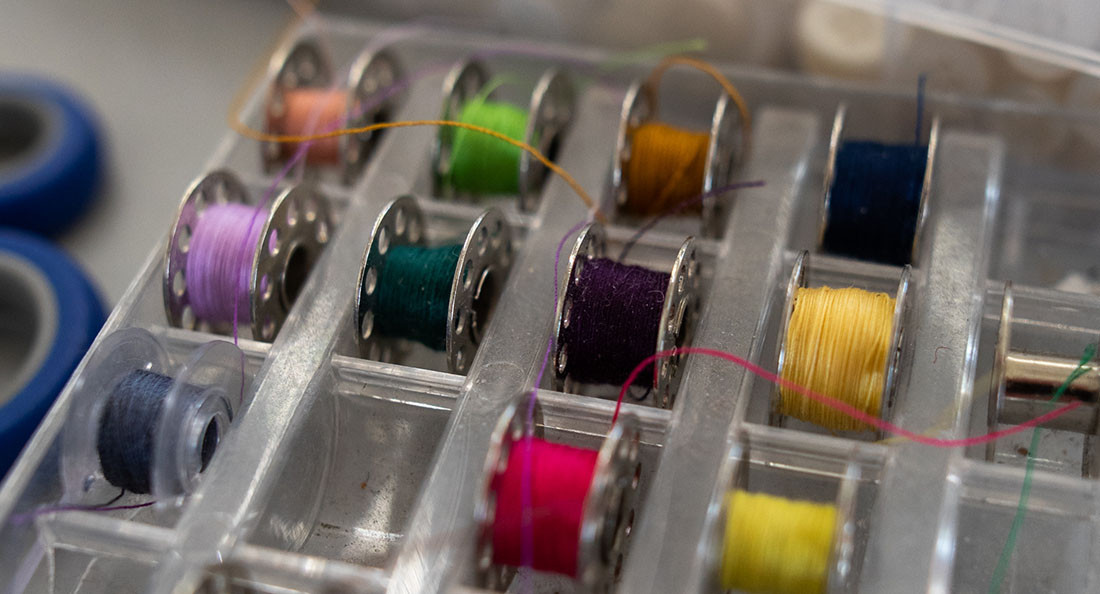Mending against ending
The politics of the right to repair
Whether it’s a gradual depreciation, an aesthetic blemish or a catastrophic meltdown, wear and tear is a natural part of most things’ lifecycle.
When this happens, the owner must choose whether to mend, make do or buy something new. The choice seems like a rational calculation, requiring a damage assessment and a cost-benefit estimation.
However, according to a 2019 survey of 1,600 Canadians by online part shop and repair advocate iFixit along with internet-based engagement organization OpenMedia, 76 per cent of respondents have discarded or replaced a broken device that could have been repaired.
As the cost-of-living crisis intensifies, repair seems like a valuable way for Canadians to save money. However, closer examination of the question of repair reveals a variety of values, choices and barriers to action which go beyond a rational cost-benefit analysis.
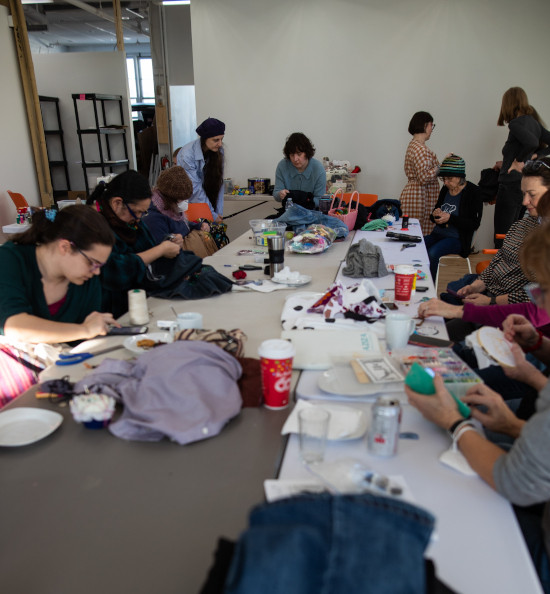
People breathe new life into old and damaged clothes at MAWA’s Repairathon.
Repair in action
Columbus Radio, an audio repair shop nestled on a small street on the edge of the West End, engages with the questions of repair directly.
The business focuses on fixing amps, turntables, cassette decks and speakers, among a whole range of other pieces of audio equipment. In the age of streaming, Columbus Radio deals in restoring an older form of music-listening. Their clientele ranges from teenagers looking to see what the hi-fi fuss is all about to seniors looking to refurbish their forgotten tools.
Debbie Beatie and her husband recently took over the business from her father and now run Columbus Radio.
Beatie says they help repair objects that hold significant sentimental value: cassette decks with recordings of family members’ voices or pieces passed down.
“Sometimes we’ll phone and say ‘I’m going to give you a heads up, the turntable has seized and it needs a lot of work,’ but they say ‘it was my grandfathers, it doesn’t matter,’” Beatie says. “We get a lot of sentimental repairs.”
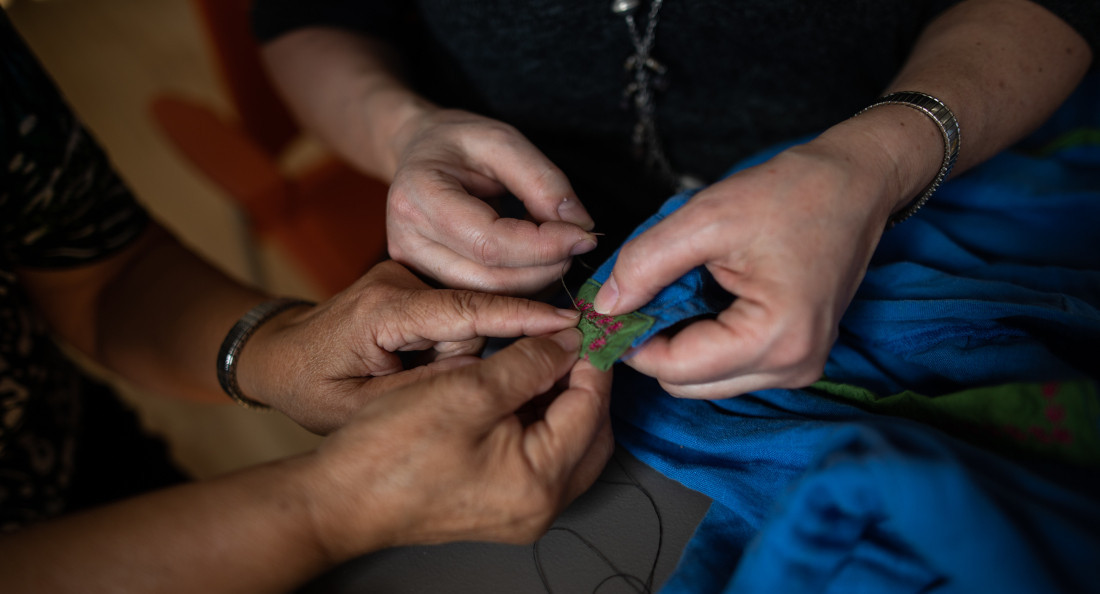
Beatriz Barahona (left) teaches Margaret Glavina how to convert an old dress into a smock at MAWA’s Repairathon.
Columbus Radio’s shop, with stacks of wood-paneled boxes, crossing wires and a seemingly endless supply of knobs, embodies this nostalgic glow that calls to a time when repair was a social norm.
“Sometimes it’s a throwaway society, but the old equipment from the ’60s, ’70s and ’80s is such high-quality equipment. It was built to last,” Beatie says, “whereas the new stuff is built so cheaply that we don’t even like working on it.”
While she says junk was made in the past, and quality equipment is still manufactured now, the items average consumers can afford now aren’t built to last.
Even at the highest end, Beatie says newer equipment relies on computerized technologies that are expensive to repair, if the parts are even available. Machines of the past relied on durable parts with straight-forward paths to replacement and repair.
Dr. Alissa Centivany, an associate professor in the Faculty of Information and Media Studies at the University of Western Ontario, echoes this sentiment. Centivany says that “Over the past 50, 60 years ... there (have been) significant changes in the ways things are designed and manufactured that really simultaneously undercut questions of durability and the lifespan of things we buy.”
She says the deck is stacked against users, as innovative marketing and design strategies are increasingly employed to make sure individuals continue to buy new.
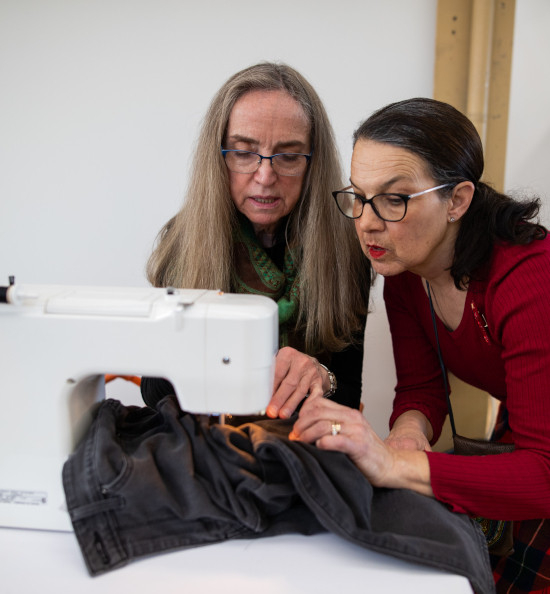
Cheryl Butler (left) gets some assisstance while mending a pair of pants at MAWA’s Repairathon.
The right to repair
Over the past 20 years, the “right to repair” movement has begun to highlight the barriers to repair and advocate for owners’ right to reuse their goods.
Centivany, who has testified in the House of Commons on the subject of repair, characterizes the right to repair as “a social movement that is aimed at empowering us to extend the useful life of the things we own.”
She says the right to repair is typically justified using two arguments. First is the economic argument that giving individuals the ability to repair already-purchased goods increases affordability, supports local skilled workers and sustains a healthy secondhand economy.
Second is the ecological argument that a successful repair sector moderates levels of consumption and reduces how much ends up in landfills.
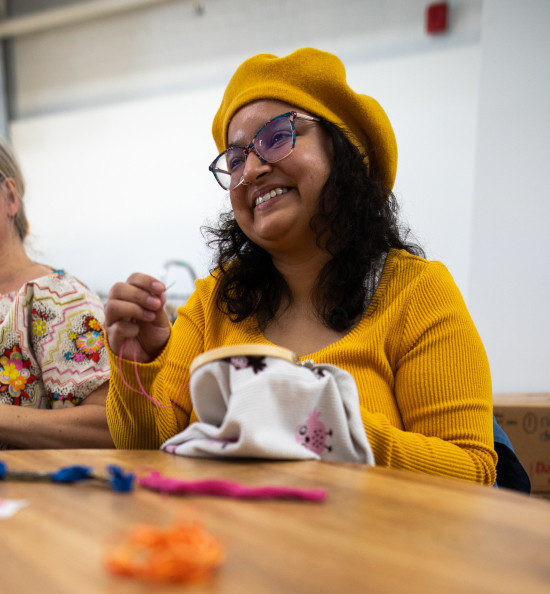
Ashpreet Maan repairs a hole in a shirt at MAWA’s Repairathon.
Centivany also says there is an additional argument regarding “human values around care, maintenance, hope, autonomy and self-efficacy.” People’s right to fix the things they own crosses over into questions of ownership and the attachment they build with the objects that surround them.
Computers, smartphones and, most literally, medical equipment act as additional appendages people depend on. Not having access to the internet, a phone or a lifesaving insulin monitor can be difficult and, in the case of the latter, lethal.
Centivany says that legislative action in the right-to-repair movement focuses on objects like computers, machinery or appliances, where barriers to repair are the most high, although she says the movement has “friendly cousins” in textiles and other consumer goods.
The increasing link between physical hardware and complex softwares creates an important barrier to repair. Lines of code that make up software are protected by copyright law, preventing users from making alterations, even with legal parts.
“Any time a bit of code is embedded into something, copyright suddenly gets brought in and applies to that device or object,” Centivany says. “If you break a digital lock or circumvent a technological protection measure to fix something or diagnose something, that itself is copyright infringement.”
These problems are amplified in the case of smart devices (such as laptops, phones, cars or appliances) that connect and share data through the internet. Smart devices are constantly reaching through the “internet of things” to acquire information and process complicated tasks.
However, the internet is a two-way street, and manufacturers are able to reach into smart devices, pushing updates that can downgrade or “brick” older models.
“Smart tech is fundamentally incompatible with repair,” Centivany says. “The brains of the device are never really in your possession. It is located on some server somewhere that you don’t really have access to, so you can’t ever really fix or maintain those things.”
She says the control manufacturers have over the software embedded in everyday objects along with their actual built complexity forces users into a passive relationship. This relationship normalizes corporate capture of maintenance and ownership over critical devices in people’s lives.
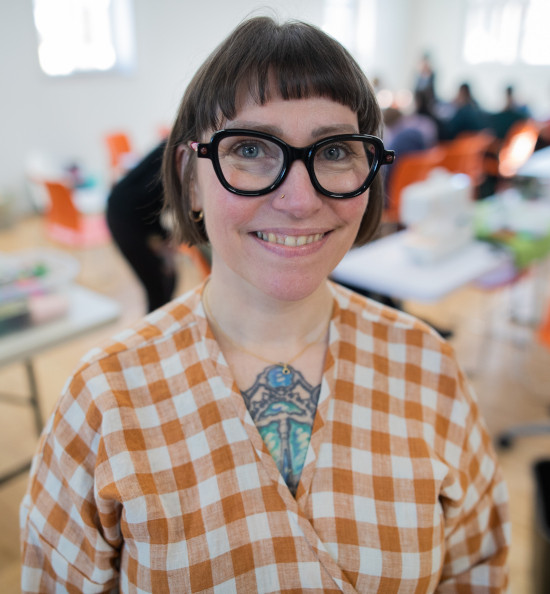
Melanie Wesley attends MAWA’s Repairathon.
Communities and repair
Grassroot community organizers are working to help individuals develop active relationships with their things. Their organizations help communities learn more about how the objects around them work and how to fix them while engaging in the creativity of repair and communal sharing.
On March 9, Mentoring Artists and Women’s Art (MAWA) hosted their second Repairathon to help people creatively reduce, reuse and recycle old textiles.
Organizer Melanie Wesley has worked with textiles since she was 15 years old, purchasing thrifted clothes and altering them. She believes her time mending and making new clothes has strengthened her relationship with the things in her life.
“Sustainability is important, and stewardship is important,” Wesley says. “Whether you make your own clothes or not, I feel strongly about taking care of the things you’ve got and being active in that.”
She says that participating in events like the Repairathon is “a really good way to kinda introduce people to some of those concepts (like) taking care of your clothes, making them last longer.” The Repairathon brings communities together to share in the processes of restoration and transformation.
“This is so much more enjoyable in a community setting,” Wesley says, “partially because you have the social aspect. It’s compa- ny, and you have someone to talk to, but also all the skills and things that you can share.”
As Wesley says, grassroot organizing presents a valuable way for people to connect with one another and share skills that can help people begin the stewardship process. She also says that when individuals engage in repair, it quickly goes beyond the utility of fixing something and becomes a creative practice.
“I saw people with the needle and with the thread ... Just the physical act of doing it wakes up creativity in people. It goes beyond the utility,” Wesley says. “You can be in charge of your clothes and create something that is really special to you.”
She mentions one Repairathon participant who decided to mend a rip by patching a flower design overtop, not only fixing the piece but transforming it.
“There’s so much pressure to consume, consume, consume,” Wesley says. “We’re so disconnect- ed from things that are important ... I think sewing is super easy. It’s very attainable, and it relates to everyone – everyone could do with knowing how to sew a button or mend a rip.”
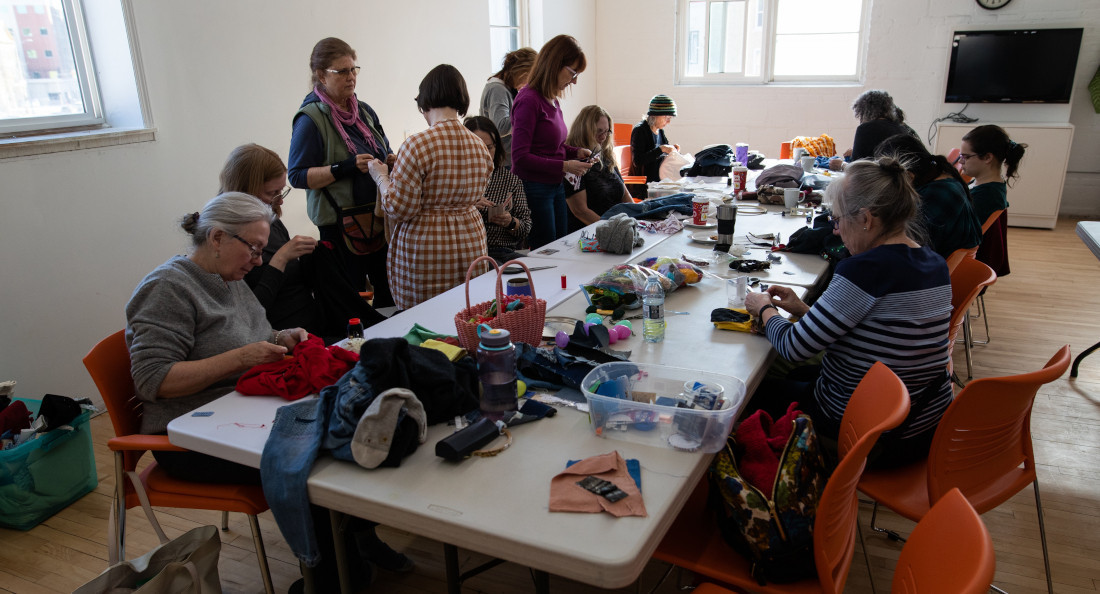
Attendees mend clothes at MAWA’s Repairathon.
Repair on the legislative level
While community organizing makes up one half of the repair puzzle, others working in the right-to-repair movement have been making political gains, pushing for policy reform in Canada, Australia, the United States and the European Union.
In the United States, cases have been brought forward against John Deere, Harley Davidson and others regarding unfair barriers placed on the right to repair their tech. These companies have been accused of using software locks that prevent users from practicing self-repair and force machines to be fixed by the manufacturer or licensed repair shops.
In British Columbia, Apple recently paid a $14.4 million settlement for pushing updates that deliberately slow down phones, although they hold that the settlement is not an admission of guilt.
Legislative change is happening in Canada. Bills C-244 and C-294 are currently being read in the Senate and aim to revise copyright law to allow for the altering of computer code in the name of repair.
The right-to-repair movement brings together questions of consumer choice, legislative change and social action, but the movement is largely in its infancy. Centi- vany says there are both individual and systemic actions people can take to ignite their right to repair.
“It’s always good to be intentional about your patterns of consumption. Is this about a dopamine hit about getting the iPhone 15, or can I hold off?” Centivany says.
“At the same time, it’s really important not to suggest that the problems we are facing here can be solved by individual consumer choices, because the problems are systemic. They’re at a higher level, which will require regulatory intervention or collective action at a grand scale.
Published in Volume 78, Number 21 of The Uniter (March 14, 2024)

